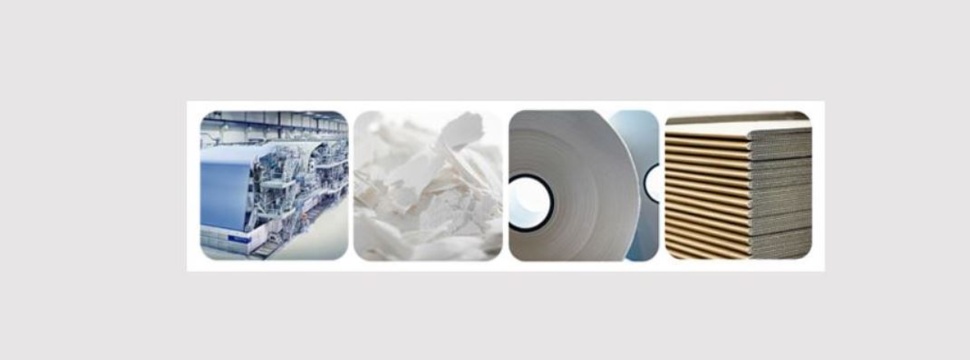Paper industry comes through the crisis in a stable manner and focuses on climate targets
News General news
The paper industry will produce less in the crisis year 2020 and will have to accept a significant drop in sales. "At the moment, it is a matter of driving on sight and getting through the crisis. However, we have not been idle, but have used the time to prepare ourselves as well as possible for the coming challenges," says Kurt Maier, Austropapier President, clearly focusing on achieving the CO2 targets.

The Austrian paper industry is coming through the crisis with a black eye. It produced 4.7 million tonnes of paper in 2020 (-5.3% compared to 2019) and 2 million tonnes of pulp (-3.3%). Sales fell to 3.6 billion euros. This is a drastic drop of 14.2% after the record year of 2019, when sales exceeded the 4 billion mark for the first time.
The result roughly follows the development of the Austrian economy (5 % decline) as well as that of the European paper industry. The crisis has further exacerbated the shift between the individual grades. While demand for graphic papers (-13.5 %) continues to decline, packaging papers recorded a further increase of 2.0 % to 2.4 million tonnes. Here, the booming online trade is particularly noticeable due to the lockdowns.
While the focus is on good cooperation with the domestic forestry industry in the case of wood as a raw material - especially in the management of damaged wood events - the crisis has had a significant impact on the supply of recovered paper. Here, the discontinuation of commercial collection by the closed trade during the lockdowns is particularly noticeable. The recovered paper recycling rate in 2020 is therefore only 69 %. In 2021, the industry expects a normalisation to the level of 2019, where the recycling rate was 73 %.
Green electricity, biofuels & more come from the paper industry
The investment projects already show the industry's focus on the next major challenge: achieving the climate targets. Companies are investing in energy efficiency measures, converting energy sources to renewables and expanding the product range to include new bio-based products such as green energy, biofuels or biochemicals. "The paper industry is committed to European and national climate targets. Our goal is to contribute to CO2 neutrality with our climate-friendly products and processes," emphasises Max Oberhumer, Austropapier's energy spokesman.
The paper industry is an important regional energy supplier and already generates 10% of Austria's renewable energy. 60% of its energy sources are renewable production residues such as organic liquor, bark or wastewater sludge. Thus, the paper industry not only supplies its own production with environmentally friendly electricity and heat, but also supplies energy to surrounding communities. In this way, the energy supplied can cover the electricity and heat needs of more than 100,000 households. As a result, the paper industry has already succeeded in reducing its CO2 emissions by 24 percent since 2000.
Bioeconomy vision to be pursued further
The raw material wood in particular offers even more opportunities for CO2 reduction. Therefore, the focus of research is on tapping the full potential of wood as a raw material. New bio-based products and materials can replace fossil-based ones and thus save CO2. Wolfgang Bauer, University Professor at the Institute of Bio-based Products and Paper Technology, is convinced that "the question is not whether our society should move towards a circular bioeconomy, but only how well and sustainably we succeed in doing so. The cascading use of wood will play a key role in this.“
According to an EU study, there are already 139 biorefineries in Europe, most of them based on the pulp process. Today, they generate annual sales of €2.7 billion and already account for 3% of the European paper industry's value added. A further 28 new projects are planned over the next few years, with annual sales set to rise to 5 billion by 2030.
Textile fibres, biofuels, but also other products in the food and chemical industry offer many possibilities to replace fossil materials. Promising projects are being researched at his institute at TU Graz. For example, batteries that use vanillin from lignin instead of rare earths as a conductive material, or bio-coatings for packaging, which would make plastic packaging, such as that used for muesli, obsolete.










